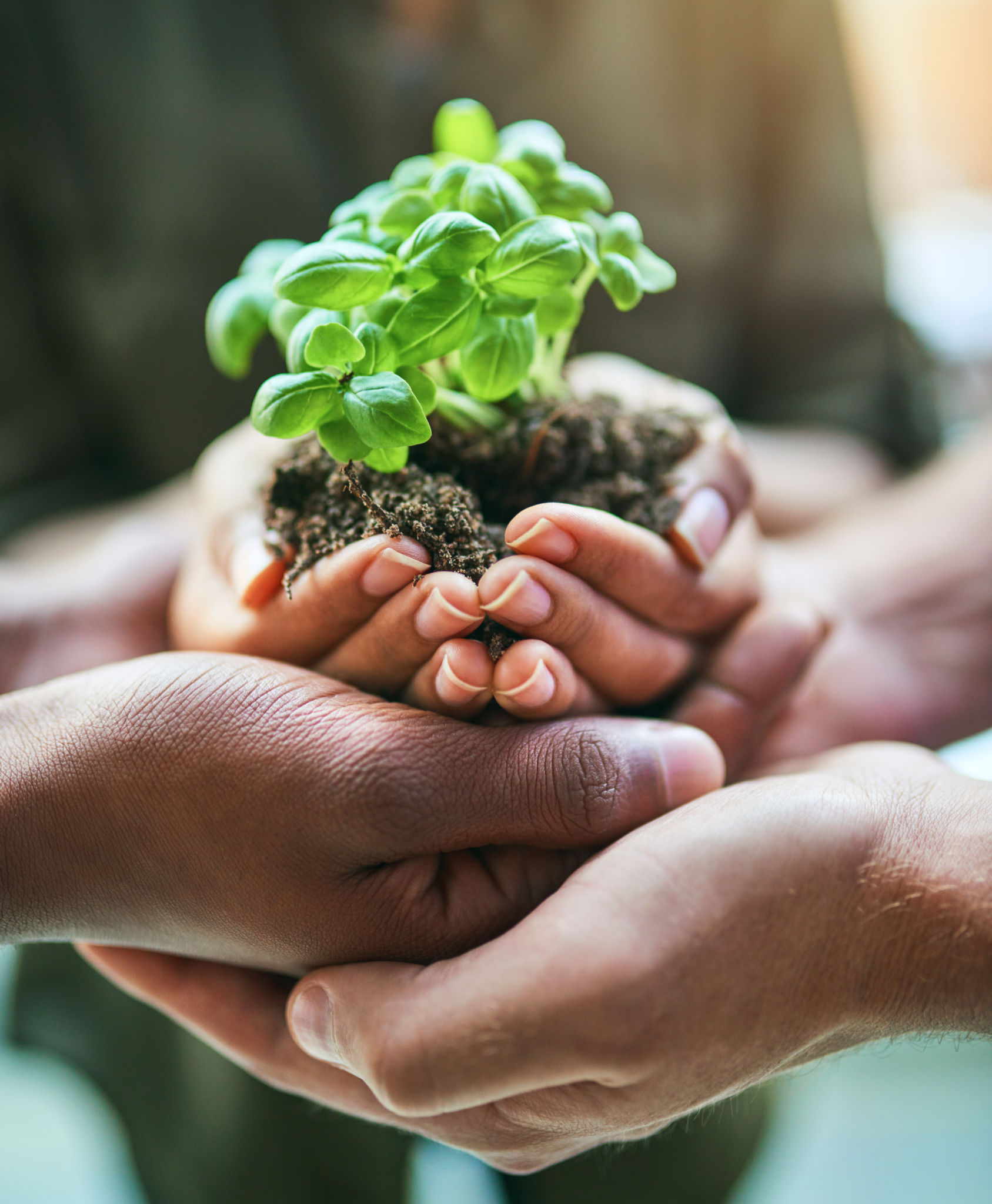The Ultimate Guide to Spring Garden Preparation in Oregon
Understanding Oregon's Climate
Spring in Oregon is a time of transformation, as the state shakes off the winter chill and welcomes a burst of growth and color. Understanding the climate is crucial when preparing your garden for spring. Oregon's diverse climate zones mean that your gardening strategy may vary significantly depending on whether you're in the rainy west, arid east, or somewhere in between. It's essential to know your specific region's last frost date to plan accordingly.

Soil Preparation
Before you start planting, it's vital to prepare your soil. Begin by removing any remnants of last year's garden, such as dead plants and weeds. This allows you to start with a clean slate. Next, test your soil's pH and nutrient levels. Oregon soils can range from sandy to clay-heavy, requiring different amendments. Adding organic matter like compost can improve soil structure and fertility, setting the stage for a healthy garden.
Mulching for Success
Mulching is a crucial step in preparing your garden for spring. It helps retain moisture, suppress weeds, and regulate soil temperature. Spread a layer of organic mulch, such as bark chips or straw, around your plants once the soil has warmed up. This will not only support plant health but also reduce maintenance efforts throughout the growing season.

Selecting the Right Plants
Choosing the right plants for your Oregon garden depends on your local climate and personal preferences. Consider native plants that are well-adapted to the regional conditions and require less maintenance. Popular choices include Oregon grape, red-flowering currant, and various types of ferns. Additionally, consider incorporating pollinator-friendly plants to support local ecosystems.
Planning Your Layout
When planning your garden layout, think about the height, color, and bloom time of different plants to create an aesthetically pleasing design. Group plants with similar water and sunlight needs together to ensure they thrive. A well-thought-out layout not only enhances visual appeal but also simplifies care throughout the growing season.

Starting Seeds Indoors
For many vegetables and flowers, starting seeds indoors gives them a head start before they are transplanted outside. Use seed trays or small pots filled with a quality seed-starting mix. Maintain a consistent level of moisture and provide adequate light to encourage strong growth. As seedlings develop, gradually expose them to outdoor conditions to harden them off before transplanting.
Caring for Seedlings
Once your seedlings are ready to be moved outdoors, it's crucial to monitor their progress closely. Ensure they receive enough water, especially during dry spells, and protect them from pests with appropriate barriers or natural deterrents. Regularly check for signs of stress or disease and address any issues promptly to safeguard your budding garden.

Watering and Irrigation
Proper watering is essential for a successful garden. In Oregon's varied climate, establishing an efficient irrigation system can conserve water while ensuring plants receive adequate hydration. Drip irrigation systems are particularly effective, delivering water directly to the roots where it's needed most. Regularly check your system for leaks or clogs to maintain optimal performance.
By following these steps and adapting them to your specific location within Oregon, you'll set yourself up for a bountiful spring garden. Embrace the uniqueness of Oregon's climate and let it guide your gardening practices for a fulfilling and fruitful season.
